Business & Industry

Coastal Restoration
For a state experiencing land loss at an alarming rate, coastal restoration has become an urgent need.

For a state experiencing land loss at an alarming rate, coastal restoration has become an urgent need.
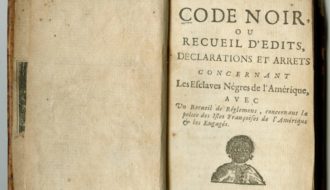
The Code Noir provided rules for how colonists treated enslaved people as well as how people of European and African ancestry interacted in French colonial Louisiana.

The 1724 Code Noir of Louisiana was a means to control the behaviors of Africans, Native Americans, and free people of color.
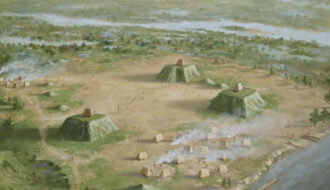
Once covering most of Louisiana, the Coles Creek culture is known for its distinctive ceremonial mound sites.
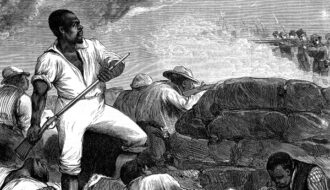
In 1873 white Louisianans responded to Reconstruction policies with violence, resulting in the Colfax Massacre.

In 1873 white Louisianans responded to Reconstruction policies with violence, resulting in a massacre that claimed as many as 150 lives.
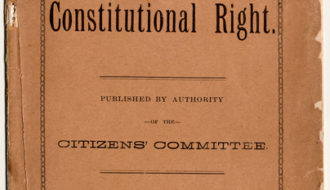
The Comité des Citoyens was an equal rights organization formed in 1891 that played a key role in the events leading up to Plessy v. Ferguson.
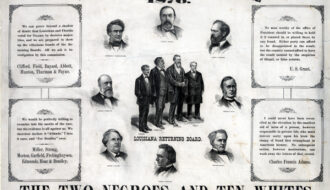
The Compromise of 1877 refers to an unwritten deal that settled the disputed 1876 US presidential election and ended congressional Reconstruction.
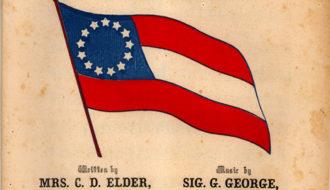
As a member of the Confederate States of America, Louisiana provided soldiers who fought outside the state.

People have long advocated for the removal of monuments to the Confederacy and white supremacy. State and local governments have removed hundreds of monuments in recent years.
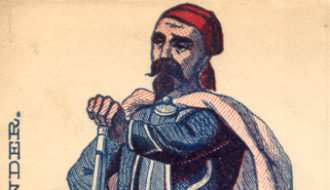
More than 50,000 white men from Louisiana shouldered arms for the Confederacy.
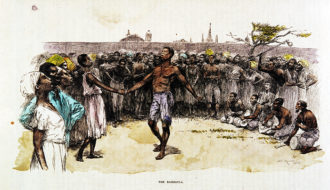
Congo Square, now Armstrong Park in New Orleans’s Tremé neighborhood, served as a gathering ground for Africans in the early years of the city.
One-Year Subscription (4 issues) : $25.00
Two-Year Subscription (8 issues) : $40.00
